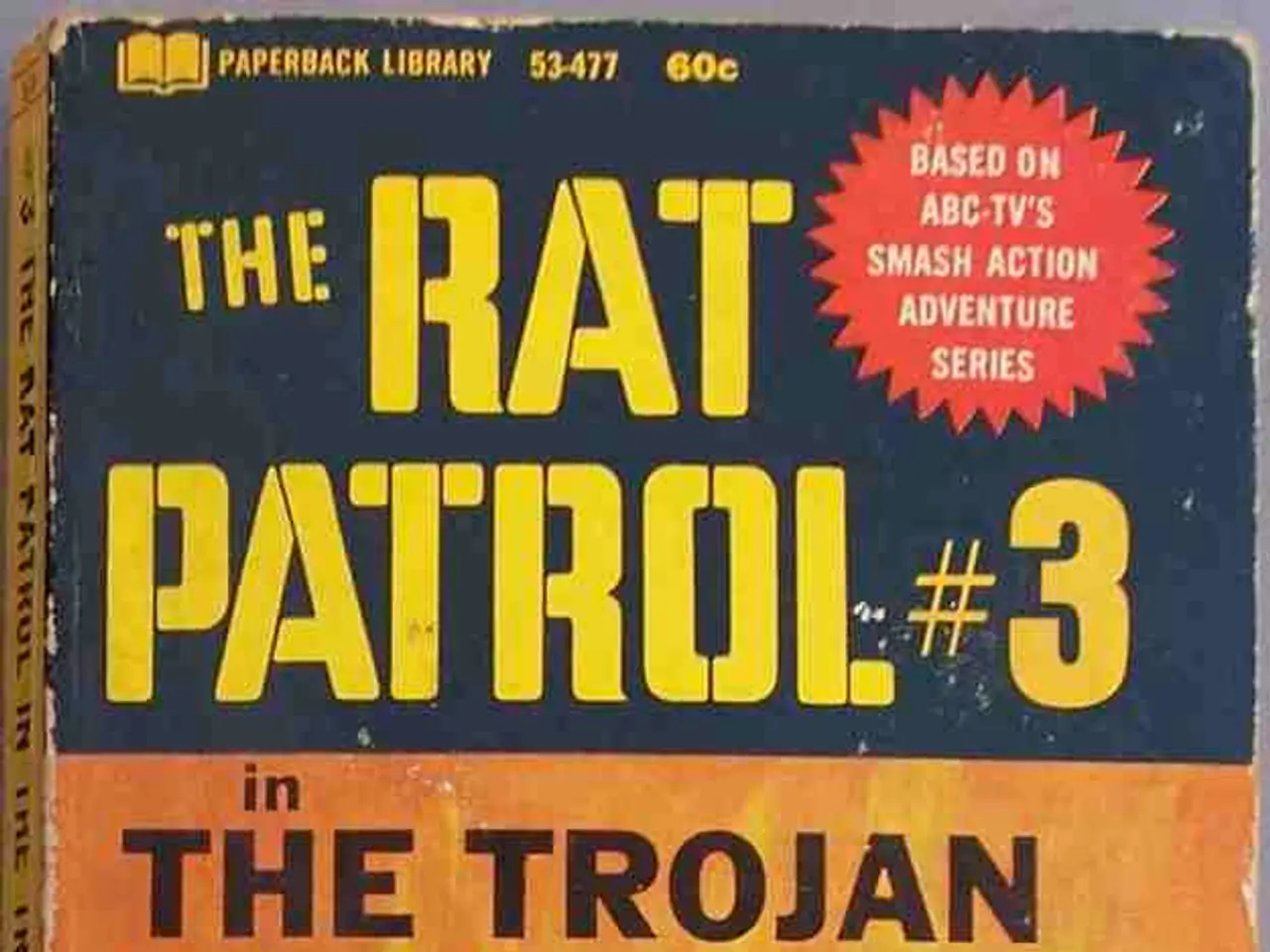British intelligence warns of Pokrovsk's alleged threat of Russian imprisonment
In the heart of Eastern Ukraine, the strategic city of Pokrovsk finds itself at the centre of a tense standoff between Ukrainian forces and Russian troops. British intelligence and open-source Ukrainian analysts report that Russian forces have made significant advances, threatening to encircle the city [1][2].
Russian breakthrough northeast of Pokrovsk has created a salient, cutting off key supply routes, particularly the Dobropillia–Kramatorsk highway [2]. This advance is part of the largest Russian push near Pokrovsk in months, with reports of Russian troops advancing into eastern and central parts of the city, albeit partly for reconnaissance and sabotage [1].
The town of Rodynske was captured by Russian forces on July 27, cutting one main supply route, and they have been making gradual infiltration into Pokrovsk with small, highly coordinated groups despite heavy losses from drone strikes [1].
Ukrainian counterattacks, however, have been reported as stabilizing the situation east and northeast of Dobropillia. Ukrainian forces have cleared several settlements northeast of Dobropillia and reclaimed parts of Pokrovsk from Russian infiltrators, destroying Russian assault groups and preventing additional Russian reinforcements from arriving [4].
Despite heavy Ukrainian resistance and ongoing mop-up operations inside Pokrovsk, the city remains under partial threat of encirclement due to Russian control of surrounding areas and supply routes. The situation is fluid, with fierce fighting ongoing [5].
Meanwhile, Ukrainian forces are pushing back Russian troops from the suburb of Kamjanske in the Saporizhzhia Oblast. In a significant victory, Ukrainian forces claim to have liberated the village of Bezsalivka in the Sumy region and killed 18 Russian soldiers during the fighting [6].
Unfortunately, civilian areas are not immune to the conflict. At least 19 people were injured, including one in critical condition, in a Russian airstrike on the southeastern Ukrainian city of Saporischschja. The Kherson Regional Prosecutor's Office reported at least two people were killed in a Russian drone attack on the Ukrainian region of Kherson [7].
Amidst these troubling developments, there are signs of diplomatic efforts. Kyiv Mayor Vitali Klitschko, German Chancellor Friedrich Merz, and Ukrainian President Volodymyr Zelenskyy have all advocated for a diplomatic solution to end the Russian invasion [8]. Zelenskyy has demanded that Kyiv be involved in negotiations over an end to the Russian attack, a demand echoed by Merz [8].
However, US Vice President JD Vance stated that a deal between Russia and Ukraine will likely leave neither side satisfied [9]. The White House is undecided on whether and in what form Ukrainian President Volodymyr Zelensky could participate in a summit meeting with US President Donald Trump and Russian President Vladimir Putin [10].
As the situation in Pokrovsk continues to unfold, it remains clear that the conflict in Eastern Ukraine is far from over. The city's fate hangs in the balance, with both Ukrainian forces and Russian troops engaged in a fierce struggle for control.
Key points:
- Russian forces have made significant advances, threatening to encircle the strategic city of Pokrovsk [1][2].
- Ukrainian counterattacks have stabilized the situation, clearing several settlements and parts of Pokrovsk from Russian infiltrators [4].
- Civilian areas, including cities and villages, have been targeted in Russian attacks [6][7].
- Diplomatic efforts are underway, with leaders calling for a diplomatic solution to end the conflict [8].
- The outcome of the conflict in Pokrovsk remains uncertain [5].
- The escalating conflict in Pokrovsk, with both Ukrainian forces and Russian troops engaged in a struggle for control, pertains not just to military politics but also general-news, being a matter of concern for the international community due to its potential impact on regional stability.
- In this critical juncture, the community policy regarding the protection of civilians from direct harm in various affected zones becomes increasingly important, as the safety and welfare of the populace are paramount amidst the ongoing confrontations and military maneuvers.






